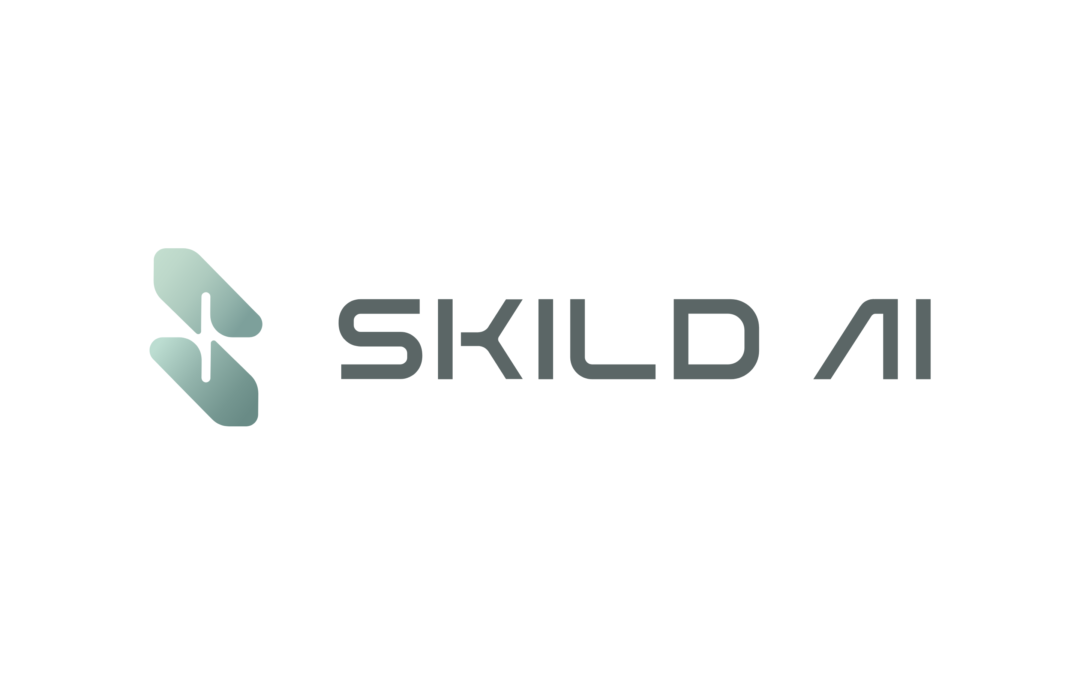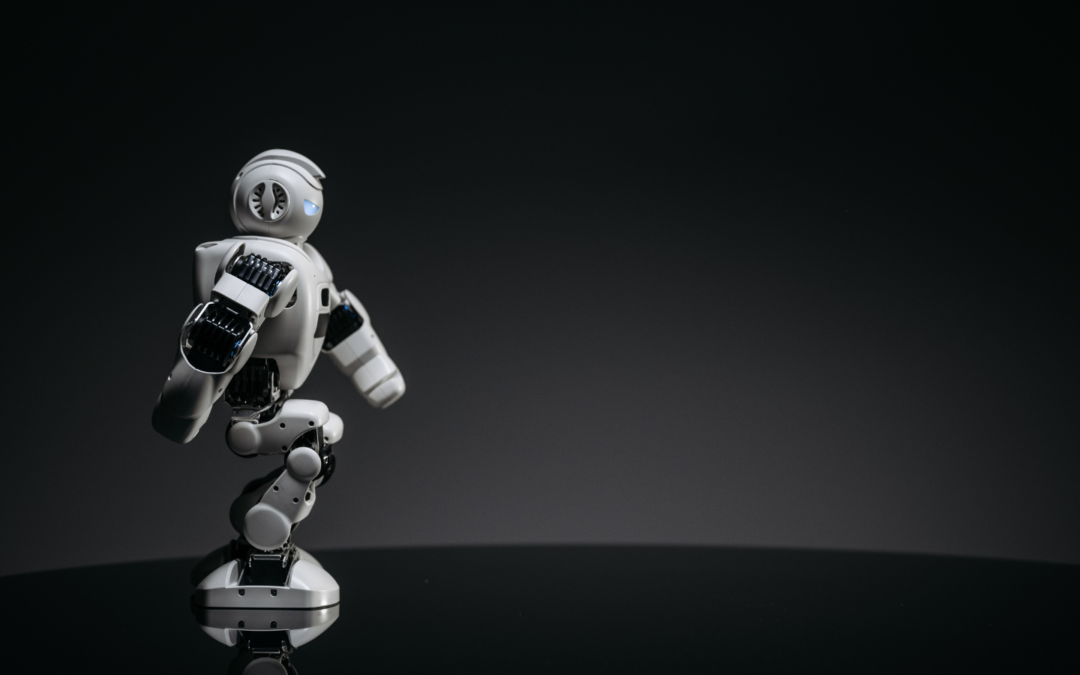
Spotted In The Wild – VoxCraft.Ai
 Spotted In The Wild features live websites presently using .Ai domain name extension\
Spotted In The Wild features live websites presently using .Ai domain name extension\
VoxCraft.Ai: Evolving Soft Robotics with Voxels
VoxCraft.Ai is a state-of-the-art platform focused on the design and simulation of soft robotics using voxel-based models. It leverages the power of artificial intelligence (AI) and evolutionary algorithms to enable the creation and optimization of soft robots, offering a revolutionary approach to robotic design and function. The platform is inspired by biological systems and complex adaptive behaviors found in nature, which it replicates through digital means.
-
-
At its core, VoxCraft.Ai utilizes voxels—three-dimensional pixels that represent the basic building blocks of the robots. These voxel-based structures can be manipulated to create complex, dynamic systems that mimic the flexibility and adaptability of biological organisms. The platform allows for the simulation of a wide variety of soft robotic designs, enabling users to explore how different configurations perform under various conditions.
One of the key features of VoxCraft.Ai is its use of evolutionary algorithms. These algorithms simulate natural selection processes, where robot designs are iteratively improved over generations based on their performance in simulated environments. This allows for the automatic discovery of efficient and novel robotic structures that may be difficult for human designers to conceptualize.
The platform is particularly useful in research and education, offering a hands-on tool for understanding the principles of soft robotics, evolutionary computation, and biomechanics. Researchers can use VoxCraft.Ai to test hypotheses about robot design, while educators can leverage it to teach students about the fundamentals of robotics and AI.
VoxCraft.Ai also supports collaboration and innovation by providing an open platform where users can share their designs and findings. This fosters a community-driven approach to solving complex robotic challenges, pushing the boundaries of what is possible in the field of soft robotics.
Overall, VoxCraft.Ai represents a significant advancement in the development of autonomous systems, merging biology-inspired design with cutting-edge AI technologies to create adaptable, resilient, and efficient robotic systems.

Keywords: VoxCraft.Ai, soft robotics, voxel-based models, evolutionary algorithms, artificial intelligence, bio-inspired design, robotic simulation, autonomous systems, biomechanics, voxel-based design
-
@Voxcraft
Content Summary: ChatGPT I Logo: Respective Website Owners


 Spotted In The Wild features live websites presently using .Ai domain extension
Spotted In The Wild features live websites presently using .Ai domain extension
